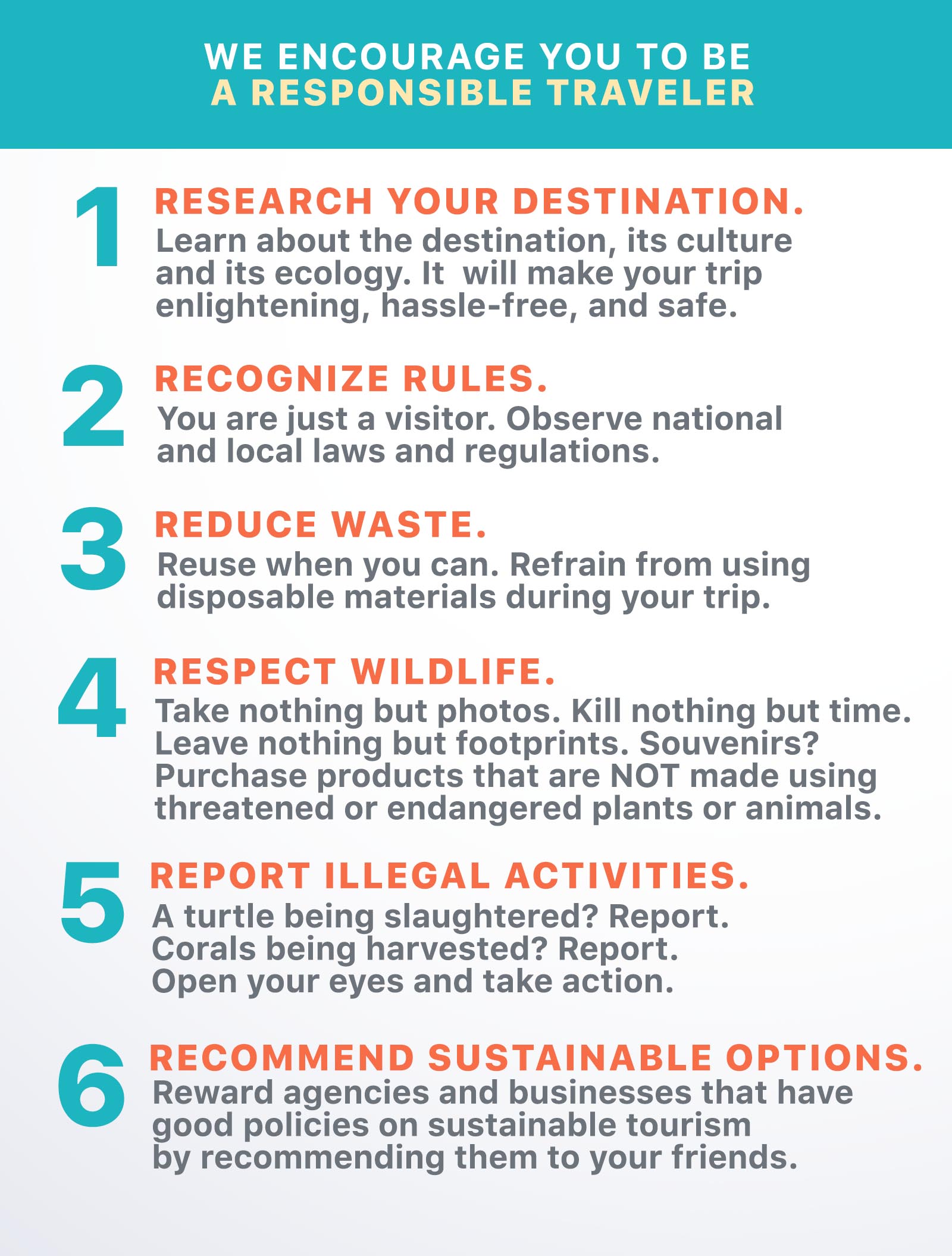
Did you know that the reason why there is a high tide whenever it’s a full moon is that the moon’s gravity is pulling the waters? That is just about one of the many interesting things that I learned after attending Marine Life Camp brought by The Pisces Project held in Tingloy, Batangas.
The Pisces Project started out a few years ago as a one-man initiative with the intent of promoting marine biodiversity conservation through different projects that include traveling with purpose — education and environmental projects. It has now expanded to a few volunteers that are putting in efforts to raising public awareness through their online presence as well as coming up with nature travel experience projects that promote marine life education and responsible tourism. One of their initiatives is the marine life camp entitled “Let’s Talk About Dagat”.
The Marine Life Camp is a two-day weekend event held in Tingloy, Batangas that aims to promote marine biodiversity awareness with a mix of fun through learning the basics of skin diving. It is not a skin diving event, but its objective is to raise awareness and education by making sure that participants learn how to identify marine organisms after the lecture and while in the water as well. Here are some of the things I learned from attending:
1. I learned that the Philippines has rich biodiversity and we have such colorful marine life.
The Philippines is one of the six countries comprising The Coral Triangle — one of the greatest biodiversity center in this world. Comparing to any other marine habitats in the world, the triangle has the most number of species of marine life like fishes, corals, seagrasses, and many others than any other area in the world. Among the six, Philippines is at the center and has the most abundant and diverse aquatic habitats. All the marine species mentioned above, and many more, are found in our country, making our waters one of the most colorful underworlds.
2. I learned that there isn’t just one kind of turtle – there are actually two – in the Philippines.
There is the Green Sea Turtle and the Hawksbill Turtle. The most common is the Green Sea Turtle; it has a smooth carapace and rounded head. On the other hand, the Hawksbill Turtle, a critically endangered species, has a pointy carapace, and just like its name suggests, has somewhat a hawk’s bill-beak-like mouth. Both of which are found roaming around our waters, and you’re very lucky if you see one in your dives!
3. I learned that there are several types of corals found in the coral reefs of the country.
The country is very abundant with many coral reefs that are home to many different kinds of organisms. Aside from giving a home to these species, corals are also the reason why our underwaters are very colorful. They are classified into hard and soft coral. There are about 14 hard corals and 4 corals identified in the camp.
4. I learned that a seagrass habitat is also important!! (I was shocked by this.)
Seagrass is a marine habitat that is underrated because its importance isn’t something people talk about much, and I think we should start doing so. They aren’t just grass that we can step on and avoid, they are actually nurseries and feeding grounds for young and vulnerable marine species.
5. I learned that there are tons of colorful reef fishes.
Of course, we group up naming various types of fish, most often identified in the market. When the camp master unrolled the tarpaulin for the fishes, I was a little overwhelmed by the number of colorful fish that we were going to study. There were about 30 to 40 different species tackled in the camp. More excitingly, I saw more than half of those when we went diving into the waters.
6. I learned that sharks aren’t our enemies and that they aren’t to be feared.
Did you know that humans aren’t part of the sharks’ diet? In fact, they aren’t very dangerous at all. But of course, this doesn’t give us the warranty to just disturb them or come to them when we encounter them. We have to remember that they are still part of the wild and that their behaviors aren’t very predictable. This means that we don’t actually always know whether or not they are on hunting mode or not, which we don’t want to interfere with every time, right?
7. I learned about the several sea creatures that we are supposed to avoid when diving.
Aside from avoiding sharks, the camp taught me to avoid several creatures that might be dangerous when made contact with. Some of them are the box jellyfish, stonefish, sea snake, fire hydroid, fire coral, sea urchins, and crown of thorns. Their effects on the bodies were also identified, sample photos were shown too.
These are just a rough rundown of what one can learn when you attend the Marine Life Camp. After all the lectures, we plunged into the waters to test our marine critter identification (and our memory of the lecture) and the waters of Tingloy did not disappoint. I was able to name about 10 to 20 creatures on the way to the middle of the sea to join the other divers.
It is such a good experience, not only because I got to try out something new but also because I was made more aware of what the underworld really is. I get to understand these creatures even more. Just when I thought I already know a lot about them, I was proven wrong. When you know a lot more about our beaches, you start to care for it more than before. You will start to treat our beaches with more care. Indeed, the camp can change the way you view our beaches. It was really life-changing.
More Tips on YouTube ⬇️⬇️⬇️




Comments